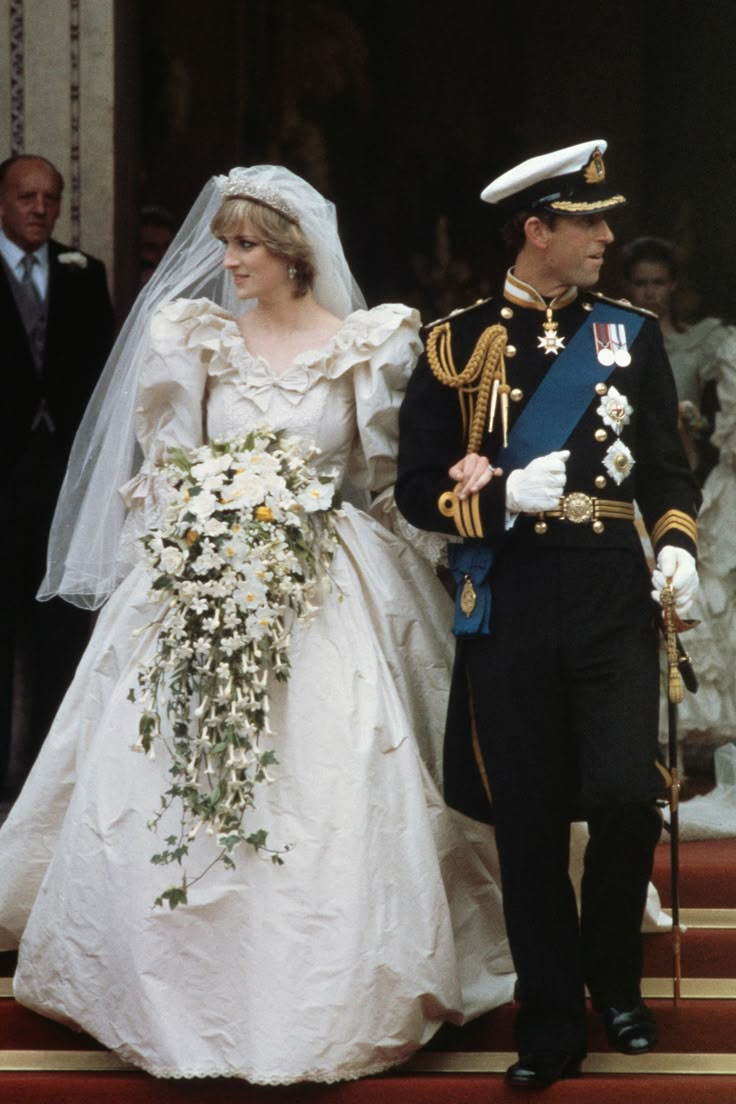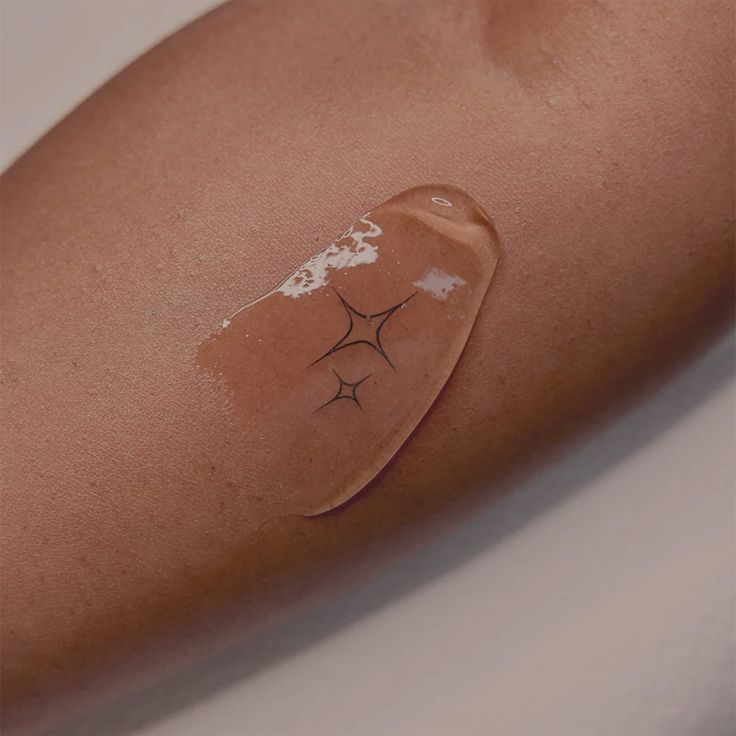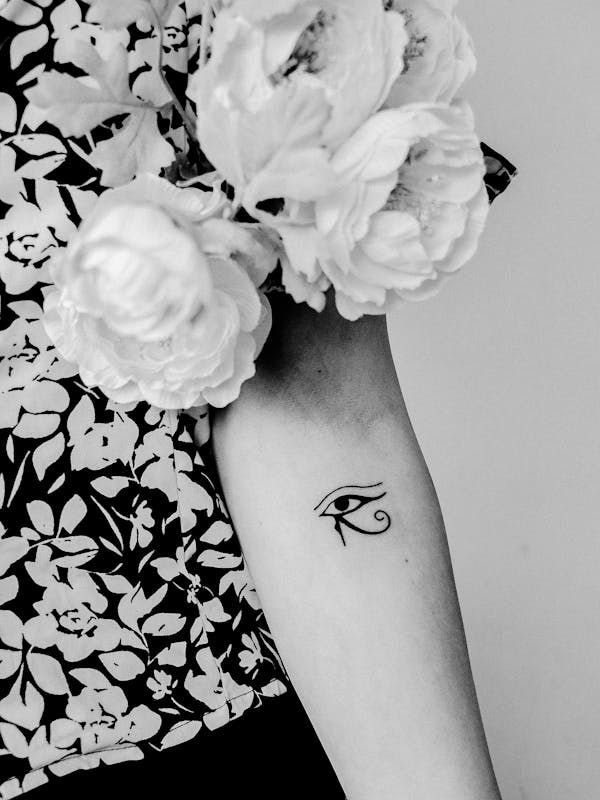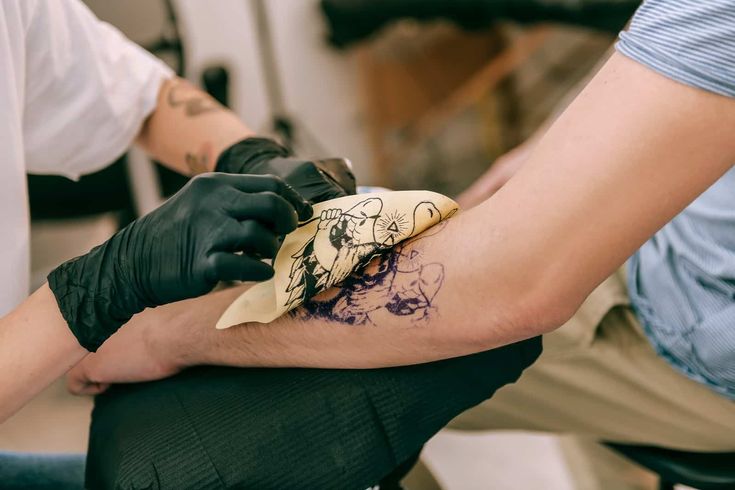Princess Diana was a trailblazer, activist, and style icon, leaving an undeniable mark as one of the most influential figures of the 20th century. Despite living much of her life under intense public scrutiny, there’s still so much to discover about the beloved late royal. From her favorite fashion designer and life before joining the royal family to her music preferences and unique approach to parenting, here are 22 things to remember about the People’s Princess.
SHE WAS THE FOURTH OF FIVE CHILDREN
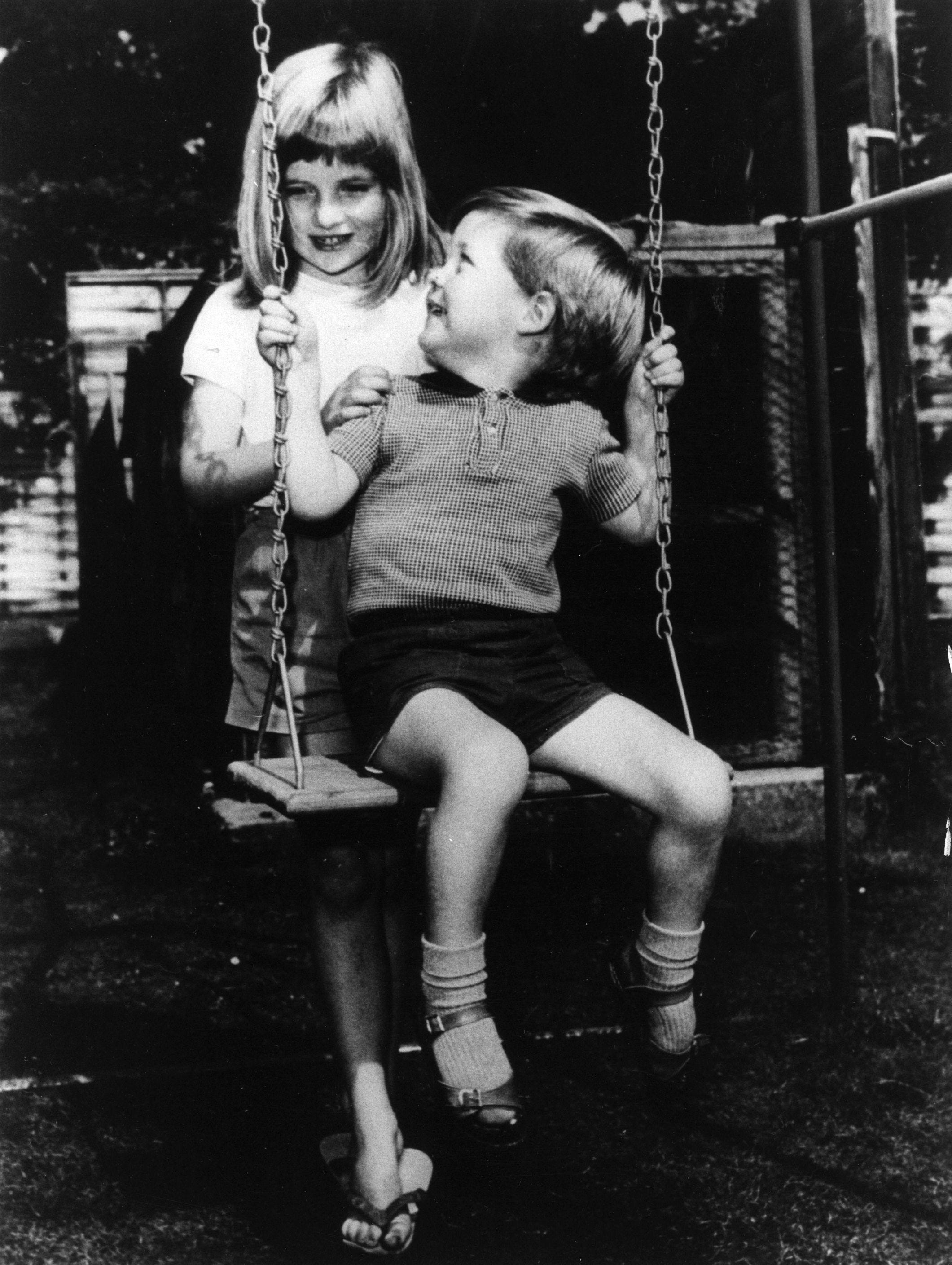
Diana Frances Spencer had two older sisters, Sarah (now Lady Sarah McCorquodale) and Jane (now Lady Jane Fellowes), as well as a younger brother, Charles Spencer, who later became the 9th Earl Spencer. She also had another brother, John, who sadly passed away shortly after birth in 1960—just a year and a half before Diana was born.
HER PARENTS DIVORCED WHEN SHE WAS SEVEN

Diana’s parents, Frances Shand Kydd and Edward John Spencer, 8th Earl Spencer, had a turbulent marriage that ended in divorce when she was just seven years old. She later revealed that their relationship was marked by infidelity and domestic struggles, making her childhood difficult.
HER GRANDMOTHER WAS A LADY-IN-WAITING TO THE QUEEN MOTHER

Diana’s maternal grandmother, Ruth Roche, Baroness Fermoy, was a lady-in-waiting to Queen Elizabeth, the Queen Mother. She played a key role in royal circles, acting as a trusted assistant and companion to the Queen Mother and organizing many of her events.
SHE GREW UP ON THE SANDRINGHAM ESTATE

Diana was born and raised on the royal family’s Sandringham estate in Norfolk. Her childhood home, Park House, was leased from Queen Elizabeth II and held deep family history—her mother, Frances, was also born there.
SHE DREAMED OF BECOMING A BALLERINA BUT WAS TOO TALL

Diana had a deep love for ballet and aspired to become a professional dancer. However, she eventually had to give up her dream as she grew too tall for the profession. Her ballet teacher, Anne Allan, later reflected on Diana’s passion, saying that dancing brought her a sense of freedom and joy.
SHE BECAME “LADY DIANA” AT 14

In 1975, Diana’s father inherited the title of Earl Spencer, making her officially “Lady Diana Spencer.” The nickname “Lady Di” stuck with her, even after she became the Princess of Wales.
SHE STRUGGLED IN SCHOOL

Diana was homeschooled until the age of nine, after which she attended boarding school. However, academics weren’t her strong suit—she failed her O-Level exams twice and left school at 16. She later spent a semester at a Swiss finishing school before returning to England.
SHE WORKED AS A NANNY AND TEACHER

Before becoming a princess, Diana worked a variety of jobs, including as a nanny and a part-time kindergarten teacher in London. She reportedly earned just $5 an hour while caring for children, cleaning, and doing laundry.
SHE WAS THE FIRST ROYAL BRIDE TO HAVE A PAYING JOB

When Diana married Prince Charles in 1981, she became the first woman in history to marry an heir to the British throne after having held a paying job. The Duchess of Cambridge later became the first royal bride to have earned a university degree.
PRINCE CHARLES FIRST DATED HER OLDER SISTER

Before Diana and Charles became romantically involved, he briefly dated her older sister, Sarah. In fact, Sarah took credit for introducing them, once joking, “I’m Cupid!”
SHE AND HER SISTER REMAINED CLOSE
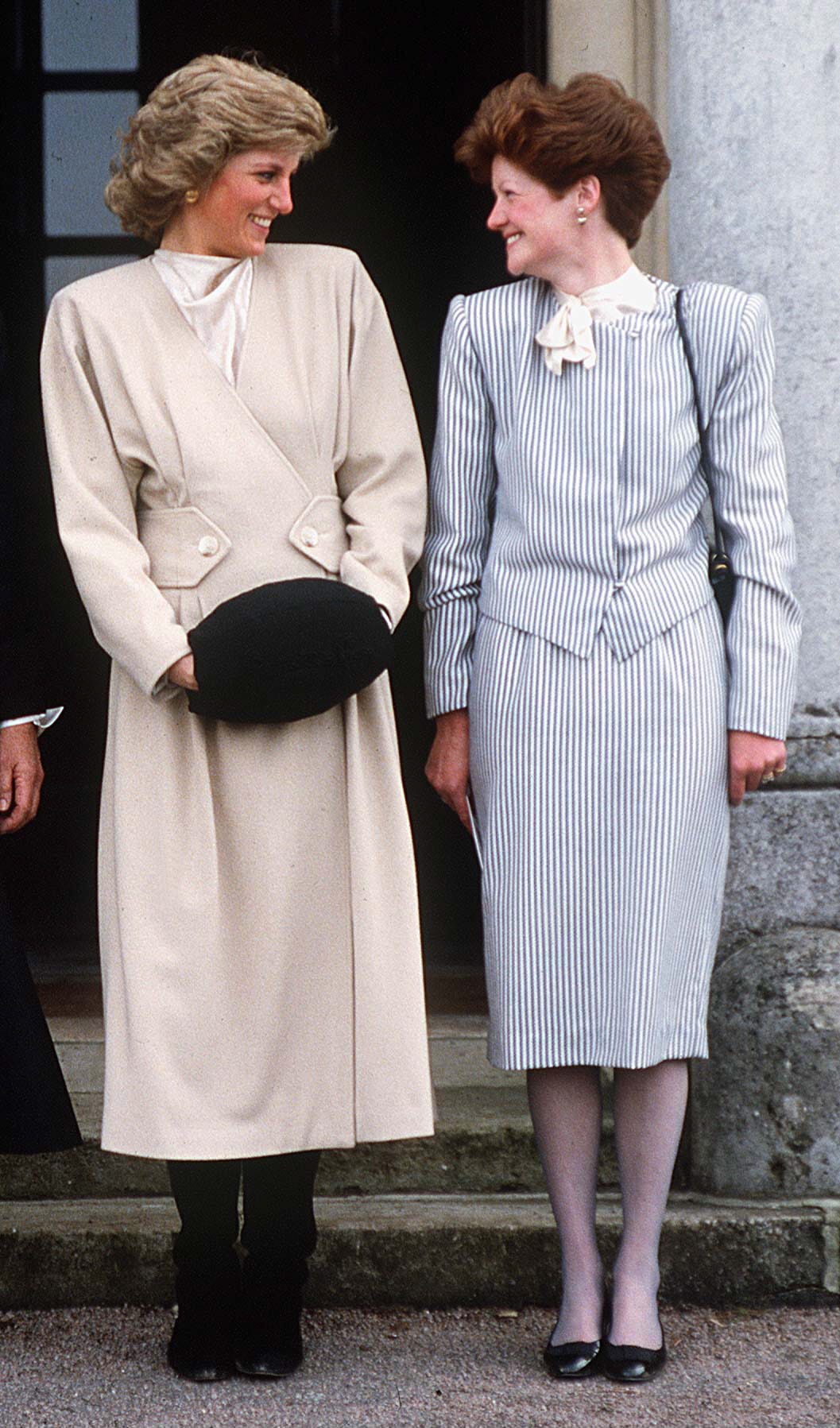
Despite her sister’s past relationship with Prince Charles, Diana and Sarah remained very close throughout Diana’s life. Diana once described Sarah as “the only person I know I can trust.”
SHE WAS DISTANTLY RELATED TO PRINCE CHARLES

Diana and Charles were actually 16th cousins once removed, both descendants of King Henry VII. Interestingly, Prince William and Kate Middleton are also distant cousins, sharing an ancestor in Sir Thomas Leighton.
SHE MET PRINCE CHARLES ONLY 13 TIMES BEFORE THEIR ENGAGEMENT

Before their engagement in 1981, Diana and Charles had met only about a dozen times. At the time, Diana was 19, while Charles was 32. Reports suggest that Prince Philip pressured Charles to “do the right thing” and propose.
HER WEDDING DRESS BROKE RECORDS

Diana’s iconic wedding gown, designed by David and Elizabeth Emanuel, featured more than 10,000 pearls and a record-breaking 25-foot train—the longest ever worn by a royal bride.
SHE WAS THE FIRST ROYAL TO GIVE BIRTH IN A HOSPITAL

Breaking centuries-old royal tradition, Diana chose to give birth to both Prince William and Prince Harry at St. Mary’s Hospital in London rather than at home.
SHE WAS AN UNCONVENTIONAL ROYAL MOM

Diana was determined to give her sons as normal a childhood as possible. She took them to public schools, rode public transportation with them, and even treated them to fast food and amusement parks.
SHE MADE SURE HER SONS HAD REAL-WORLD EXPERIENCES

Diana’s former chief of staff, Patrick Jephson, recalled how she ensured her children experienced everyday moments, like standing in line for a McDonald’s meal or going to the movies with friends.
CATHERINE WALKER WAS HER FAVORITE DESIGNER
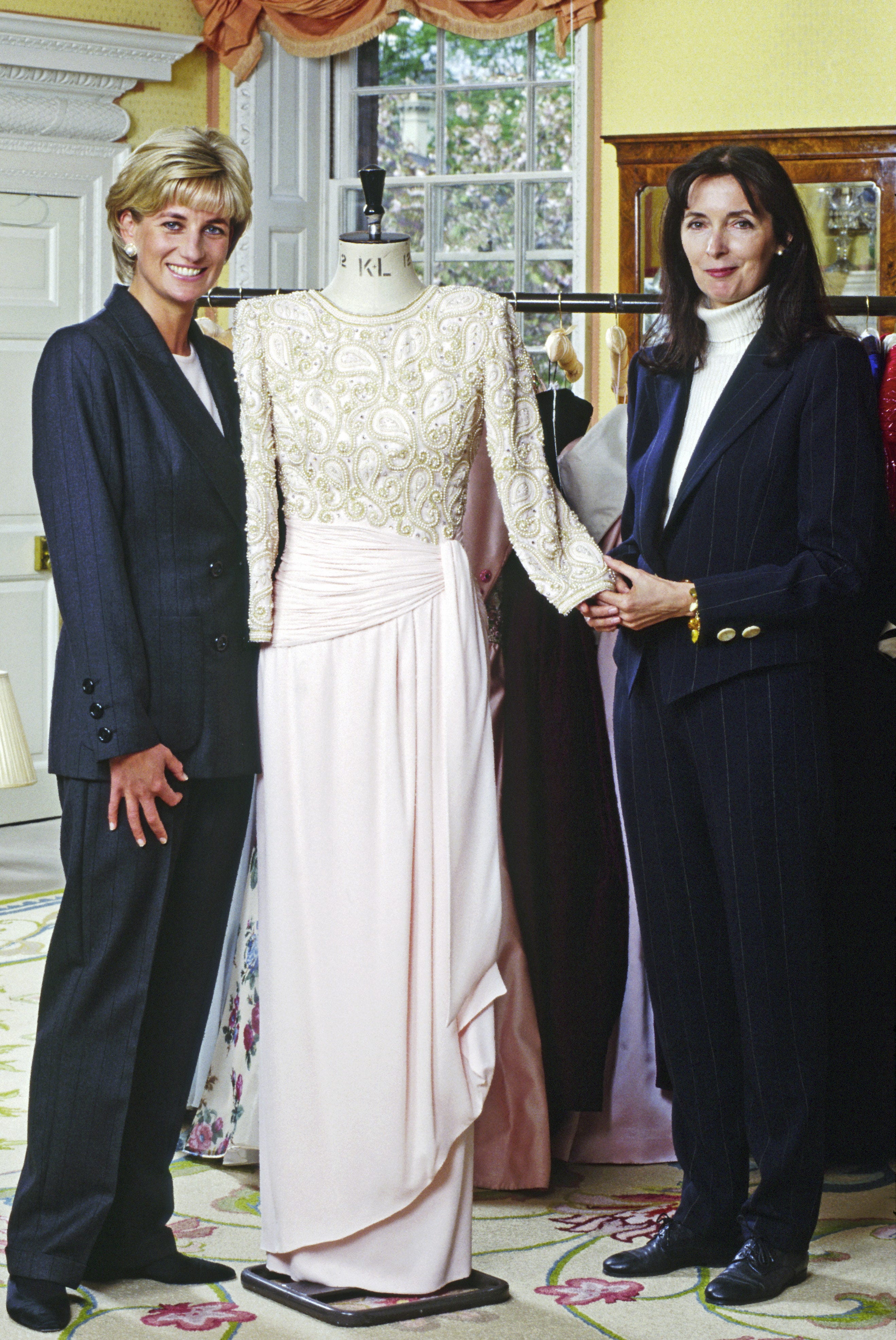
Diana had a close relationship with fashion designer Catherine Walker, who was responsible for many of her most iconic outfits. Their bond was so strong that Diana once described Walker as her “rock.”
SHE CREDITED CATHERINE WALKER FOR BOOSTING HER CONFIDENCE

In a note to Walker about a white halter dress she wore in 1996, Diana wrote, “I was so proud and felt very confident to stride out there and deliver my first speech since the divorce.”
SHE ALWAYS WROTE “THANK YOU” NOTES

Diana was known for her kindness and gratitude, frequently writing handwritten thank-you notes. When Prince William was born, she reportedly sent thousands of thank-you letters to people who had sent gifts. Today, her letters are highly valuable, selling for thousands of dollars at auctions.
SHE WAS A TRAILBLAZER IN HIV AWARENESS

In April 1987, Diana made history when she shook hands with an HIV-positive patient without wearing gloves. The powerful moment helped challenge public misconceptions and reduce stigma around the illness. That same day, she opened the UK’s first HIV/AIDS ward at London’s Middlesex Hospital.
SHE HAD MANY FAMOUS FRIENDS

Diana built friendships with several A-list celebrities, including Elton John, George Michael, Liza Minnelli, and Tilda Swinton. She even stayed at Kurt Russell and Goldie Hawn’s Colorado ranch with William and Harry for ten days to escape the paparazzi.
CONCLUSION
These 22 lesser-known facts illuminate a woman who was far more than a royal figurehead. From her mischievous childhood and hidden talents to her passionate activism and quiet acts of rebellion, Diana defied expectations and carved her own path. She was a woman of contradictions: vulnerable yet strong, reserved yet outspoken, traditional yet fiercely modern. Ultimately, these insights offer a more nuanced understanding of the late Princess of Wales, revealing the human being behind the icon and solidifying her lasting legacy as a figure of compassion, courage, and enduring inspiration.

